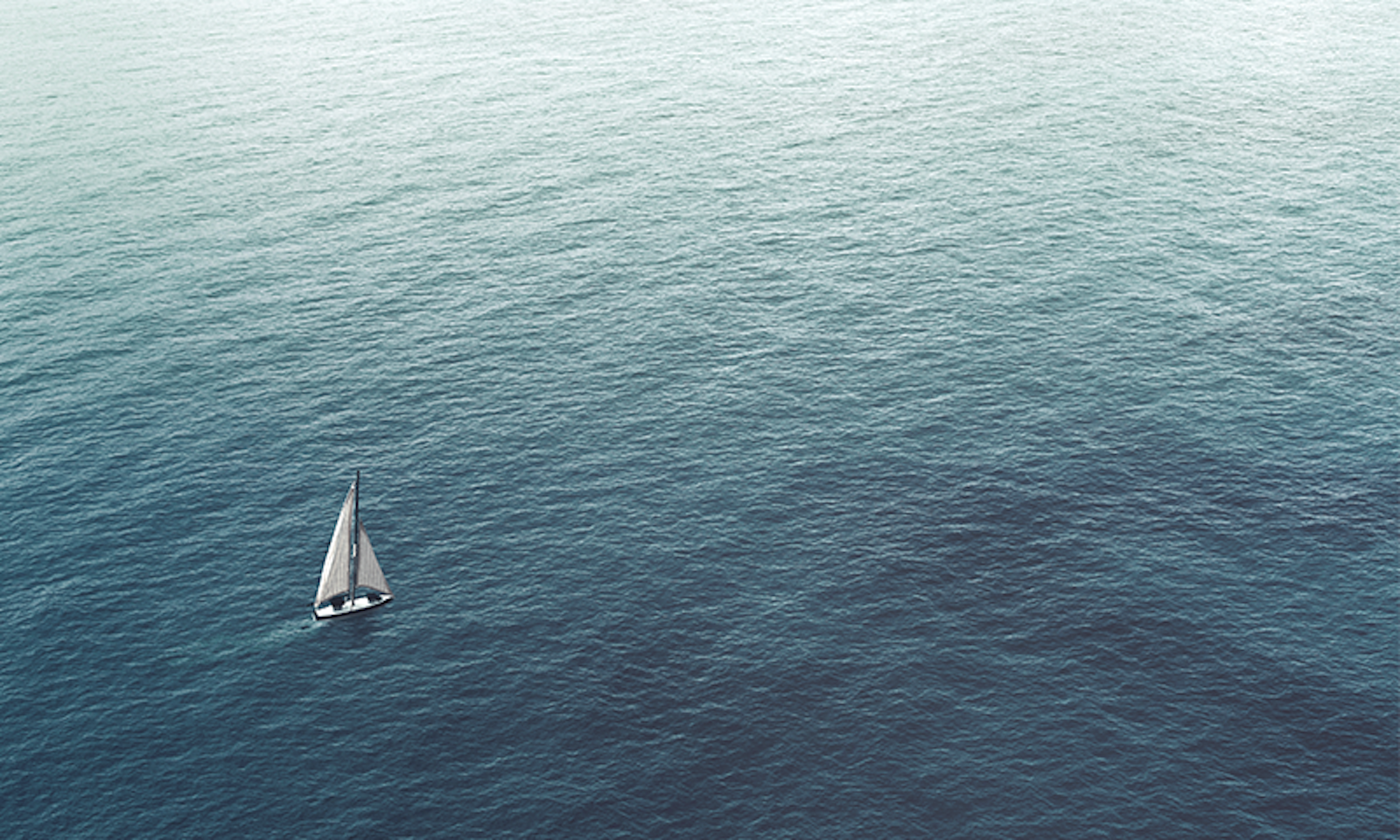Look down at the Pacific Ocean from outer space and it appears to take up most of the globe. That’s how vast it is.
Come back down and onto a sailboat, this time in the middle of the Atlantic Ocean. Weeks from any shore, you could still be closer to the International Space Station than land.
The High Seas cover half the Earth’s surface and make up about two-thirds of the world’s oceans. They are beyond any national jurisdiction because they extend beyond the 200-nautical-mile Exclusive Economic Zone of any coastal nation.
They belong to no one. Which means no one is looking after them.
Without protection, this marine wilderness is open to exploitation for commercial gain. It’s been open season on the high seas for way too long, and they are feeling it.
It’s hard to comprehend that humans could destroy something so mighty.
If you’ve never had direct experience of the high seas, it’s difficult to comprehend just how enormous they are—and just how important to our planet’s well-being.
It’s also hard to grasp how something so mighty can be so vulnerable to human impacts.
Life on our planet relies on healthy oceans. They create the oxygen we breathe, absorb the carbon dioxide we generate, and they take up 90 percent of the excess heat caused by human activities. Three billion people around the world rely on seafood as a primary source of protein.
Millions of species, from microscopic plankton to majestic blue whales, form complex ecosystems under the ocean’s surface. But overfishing, combined with climate change and pollution, has put marine biodiversity under enormous pressure.
Right now, governments are meeting in New York to negotiate the first ever High Seas Conservation Treaty. It couldn’t come at a more critical time. (Visit the High Seas Alliance to see what progress is being made in the talks.)
Currently, only about 1 percent of the high seas are fully or highly protected compared to 17 percent of land within protected areas. Scientists recommend that at least 30 percent of oceans need to be protected by 2030 in order to effectively preserve marine ecosystems—with the remaining 70 percent sustainably managed.
What could be more important than protecting the thing that supports all life?
The current United Nations conference is the fifth attempt to negotiate an Oceans Treaty. Negotiations have been going on for over 10 years in an attempt to broker an agreement that balances human activities with ocean resources, protects marine life and habitats, and ensures that marine resources are managed sustainably.
A robust treaty would go a long way to protecting 30 percent of ocean resources by 2030, particularly if it includes a framework to establish High Seas Marine Protected Areas (MPAs). Fully or highly protected MPAs, where extractive activity is restricted, have proven their effectiveness in protecting and restoring biodiversity, enabling oceans to be more resilient to climate change and to recover from the impact of extractive activities, such as overfishing.
There are currently limited effective mechanisms for countries to create and enforce MPAs on the High Seas: The High Seas Treaty could resolve this. But if we fail to protect and regenerate the ocean, not only millions of species, but billions of humans who depend on healthy seas will be impacted. (You can take part by signing this petition.)
It is hard to comprehend that humans can have the capacity to destroy something so mighty. But conversely, we also have the power to protect it—all we need is a common will. And what could be more important, or more uniting a force, than protecting the very thing that supports all life as we know it?
The high seas belong to no one—but they are crucial to everyone. ![]()
Lead image: fran_kie / Shutterstock






































